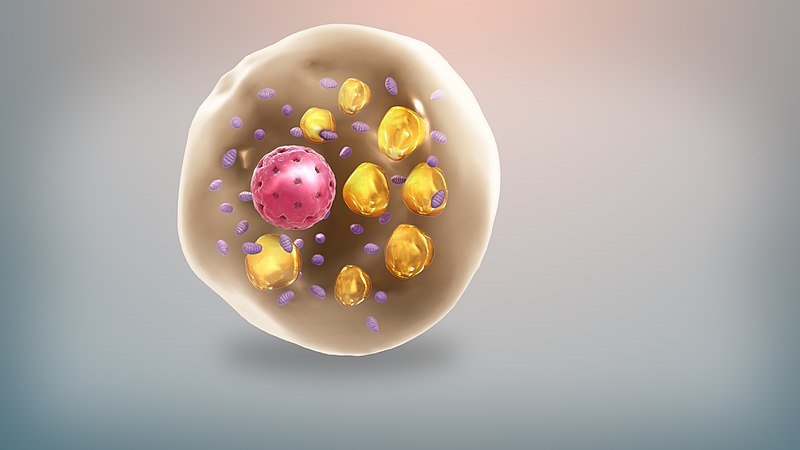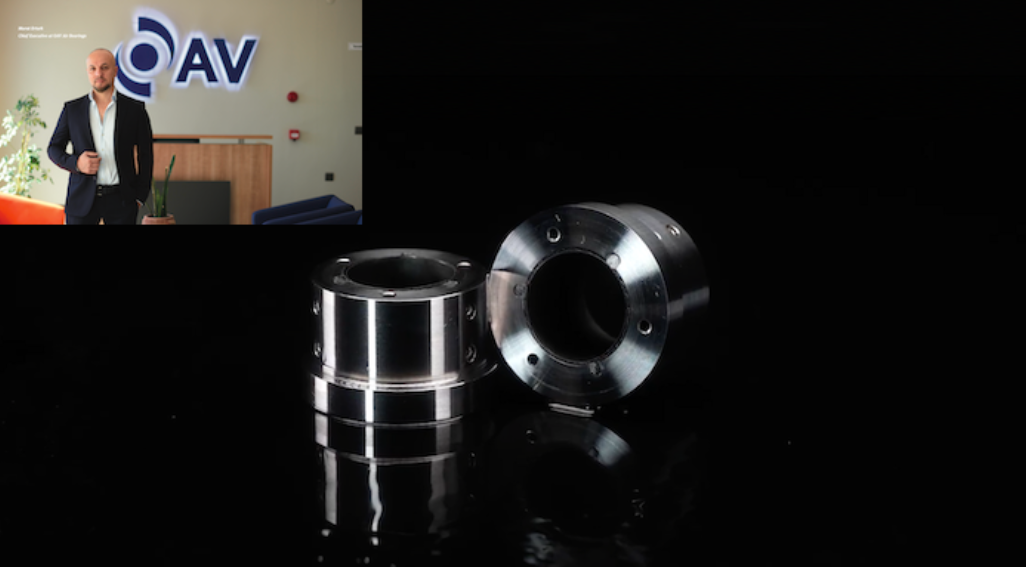Human fat consists of two different types of fat tissues, white and brown. Most fat is energy-storing white fat cells, which are the cells that give us double chins and beer bellies. Brown fat is found in large amounts in newborn babies.
The brown cells contain a higher number of mitochondria that burn glucose to generate body heat, a process known as thermogenesis. This thermogenic capacity of brown fat cells makes it an attractive therapeutic target for inducing weight loss through energy expenditure.
Now, the researchers at the Institute for Diabetes and Metabolic Health at UC San Diego have discovered an innovative new way for weight loss. Their research focused on a type of stored sugar called glycogen. It is an unwanted glucose that is stored mostly in the liver and skeletal muscle cells. The body swiftly draws on this source of energy when in need, or to keep blood sugar levels in check.
Researchers found that glycogen plays a bigger role than just storing energy within fat cells. It also plays a surprisingly significant role to burn energy and generate heat to treat obesity.
This exciting discovery may lead to the development of therapies that modulate glycogen metabolism in fat cells as a way of promoting weight loss and improving overall metabolic health.







